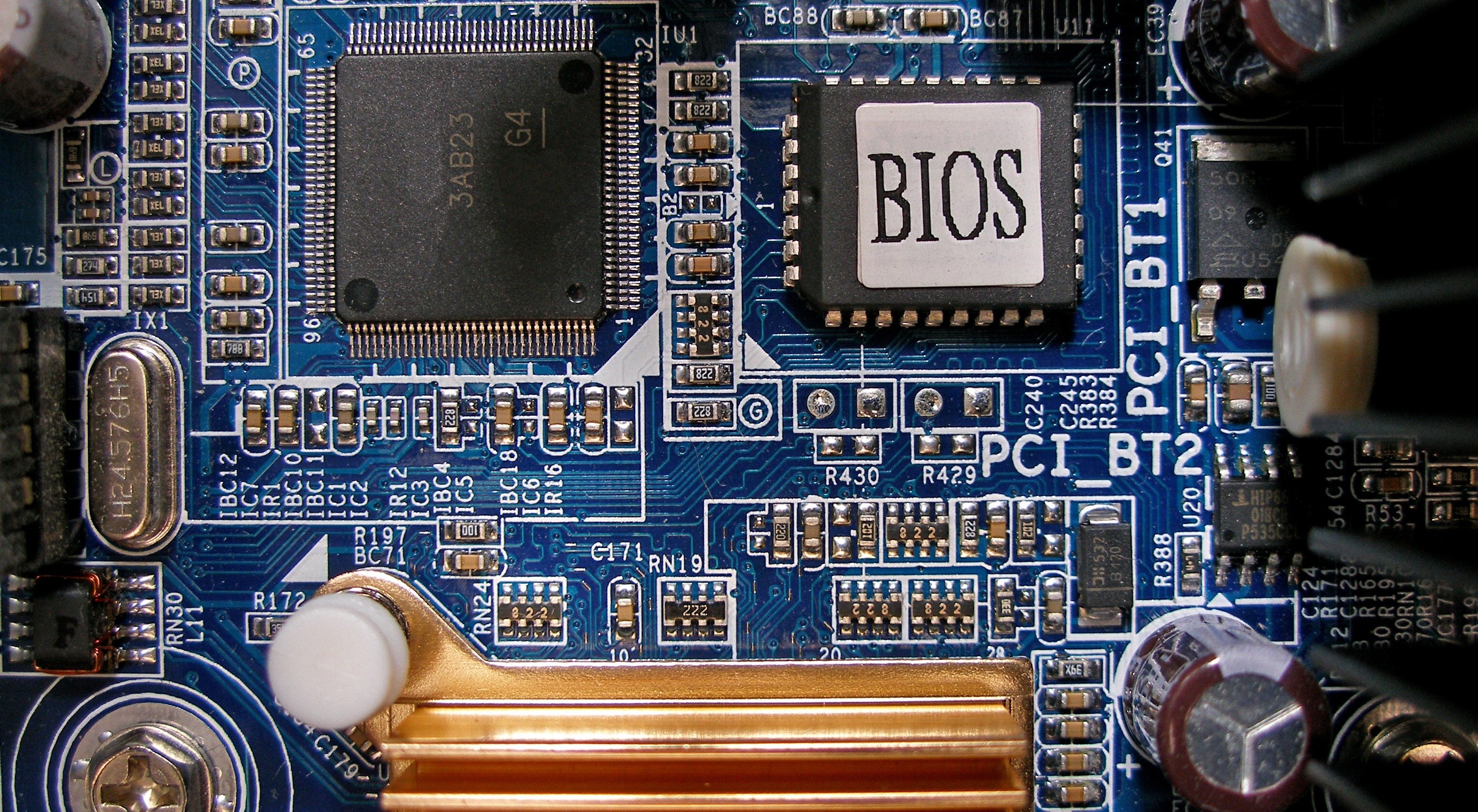1 Answer. So, the short answer is: it depends on your architecture. On x86, it is possible if a little bit fiddly. A whole class of 64-bit devices shipping with 32-bit UEFI is supported by at least Debian’s amd64 port (more info).
Does BIOS support 64-bit?
Standard PC BIOS is limited to a 16-bit processor mode and 1 MB of addressable memory space, resulting from the design based on the IBM 5150 that used a 16-bit Intel 8088 processor. The processor mode in a UEFI environment can be either 32-bit (x86-32, AArch32) or 64-bit (x86-64, Itanium, and AArch64).
Does Win 10 require UEFI?
Do you need to enable UEFI to run Windows 10? The short answer is no. You don’t need to enable UEFI to run Windows 10. It is entirely compatible with both BIOS and UEFI. However, it’s the storage device that might require UEFI.
Does UEFI support 32-bit?
“UEFI 2.0 support was added in Windows 8, so you’re good to go w/ a native UEFI install of Windows 10 32-bit if your system firmware supports it.” “An EFI install of Windows 10 32-bit can be performed on systems operating in 32-bit EFI mode, which isn’t related to your make/model of the processor.
Do all BIOS have UEFI?
You might not need UEFI. Though all modern computers come equipped with UEFI by default, you might choose BIOS over UEFI because BIOS provides system information to the operating system. So if your OS runs in 16-bit mode, it does not require writing code for interacting with hardware.
What is the UEFI boot mode?
What is UEFI boot mode? UEFI boot mode refers to the boot process used by UEFI firmware. During the POST procedure, the UEFI firmware scans all the bootable storage devices connected to the system for a valid GUID Partition Table (GPT).
What does UEFI mean in BIOS?
UEFI is short for Unified Extensible Firmware Interface, offering users a faster, sleeker experience. Note: Newer PCs with UEFI might still call it the BIOS to avoid confusing consumers. But before we get too deep into UEFI, it’s first important to understand what came before it: BIOS.
Should I enable UEFI in BIOS?
Many computers with UEFI firmware will allow you to enable a legacy BIOS compatibility mode. In this mode, the UEFI firmware functions as a standard BIOS instead of UEFI. You’ll find your PC in the UEFI settings screen if it has this option. You should only enable this if necessary.
Do I need UEFI for Windows 11?
Why Do You Need UEFI for Windows 11? Microsoft has decided to leverage the advances of UEFI in Windows 11 to offer enhanced security for users. This means that Windows 11 MUST run with UEFI and is incompatible with BIOS or Legacy Compatibility Mode.
Can I turn off UEFI?
Go to Troubleshoot > Advanced Options: UEFI Firmware Settings. Find the Secure Boot setting, and if possible, set it to Disabled. Save changes and exit. This option is usually in either the Security tab, the Boot tab, or the Authentication tab.

What is the advantage of UEFI?
Benefits of UEFI boot mode over Legacy BIOS boot mode include Support for hard drive partitions larger than 2 Tbytes. Support for more than four partitions on a drive. Fast booting.
Why does Windows 10 fail to install?
This error might mean that your PC doesn’t have the required updates installed. Check to make sure that all important updates are installed on your PC before you try upgrading. If you have a disk or disks not installing Windows 10, remove those disks.
What is Bootia32 EFI?
Boot Manager files such as bootia32. efi utilizes the EFI file extension. This file is considered a Win32 DLL (Executable application) file and was first created by MiniTool for the Microsoft® Windows® Operating System software package. Bootia32.
Can I use MBR with UEFI?
When installing Windows on UEFI-based PCs using Windows Setup, your hard drive partition style must be set up to support either UEFI mode or legacy BIOS compatibility mode. You cannot use two together. If you want to boot into UEFI BIOS using your current MBR-partitioned HDD, you’d need to reformat it to GPT.
Can I change BIOS to UEFI?
Once you’ve confirmed you are on Legacy BIOS and have backed up your system, you can convert Legacy BIOS to UEFI. 1. To convert, you must access Command Prompt from Windows’s advanced startup. For that, press Win + X, go to “Shut down or sign out,” and click the “Restart” button while holding the Shift key.
Is UEFI better than legacy?
Compared with Legacy, UEFI has better programmability, greater scalability, higher performance, and higher security. UEFI offers secure boot to prevent various from loading when booting. Windows system supports UEFI from Windows 7, and Windows 8 uses UEFI by default.
How do I enable UEFBoot BIOS?
Select UEFI Boot Mode or Legacy BIOS Boot Mode (BIOS). Access the BIOS Setup Utility. From the BIOS Main menu screen, select Boot. SSelect UEFI/BIOS Boot Mode from the Boot screen from the Boot screen, and press EnteBootse the up and down arrows to choose Legacy BIOS Boot Mode or UEFI Boot Mode, and press Enter.
How do I boot from USB in UEFI mode?
How Do I Boot From USB in UEFI Mode Power on your computer, and then press the F2 keys or other function keys (F1, F3, F10, or F12) and the ESC or Delete keys to open the Setup utility window? Navigate to the Boot tab by pressing the right arrow key. Select the UEFI/BIOS Boot Mode, and press Enter.